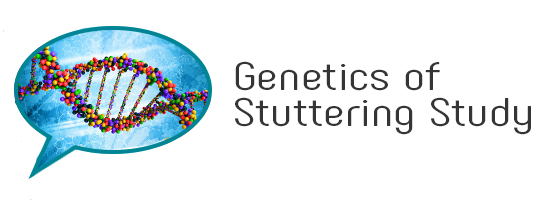Stuttering persistence and recovery between 4 and 7 years
This study was nested within the Early Language in Victoria Study (ELVS), a large longitudinal community cohort based in Melbourne, Australia. The results showed that that 65% of children who stammered at 4 years had recovered by the age of 7. The recovery rate was similar for boys (60.7%) and girls (57.1%).
Who was more likely to recover?
Girls who had stronger language skills (i.e., ability to u nderstand and use words) when they were 2 years old were more likely to recover from their stammering by 7 years.
nderstand and use words) when they were 2 years old were more likely to recover from their stammering by 7 years.
At 7 years, most children had language that was typical for their age, but those who had recovered from their stammering still had better language than those whose stammering was persistent.
There was no difference in non-verbal cognition, parent reported quality of life, temperament or psychosocial health for the children who recovered or persisted with stammering at 7 years.
So, what does this mean?
Results from this study suggest that there may be a relationship between language skills and stammering, particularly for girls. However, the precise nature of this relationship needs to be further explored.
While more than half of the children in this study recovered from their stammering by 7 years, a large proportion continued to stammer. People in this group had what we call a “persistent stammer”. The reasons for this are yet to be definitively identified.
Is this strong evidence?
This study reported results obtained from a large prospective community cohort. This is a strength of the study, as participants are more likely to be representative of the general population. Particularly in contrast to clinical cohorts where participants are recruited from more biased clinical settings.
Kefalianos, E., Onslow, M., Packman, A., Vogel, A., Pezic, A., Mensah, F., . . . Reilly, S. (2017). The history of stuttering by 7 years of age: follow-up of a prospective community cohort. Journal of Speech, Language, and Hearing Research, 60(10), 2828-2839. doi: 10.1044/2017_JSLHR-S-16-0205¶
